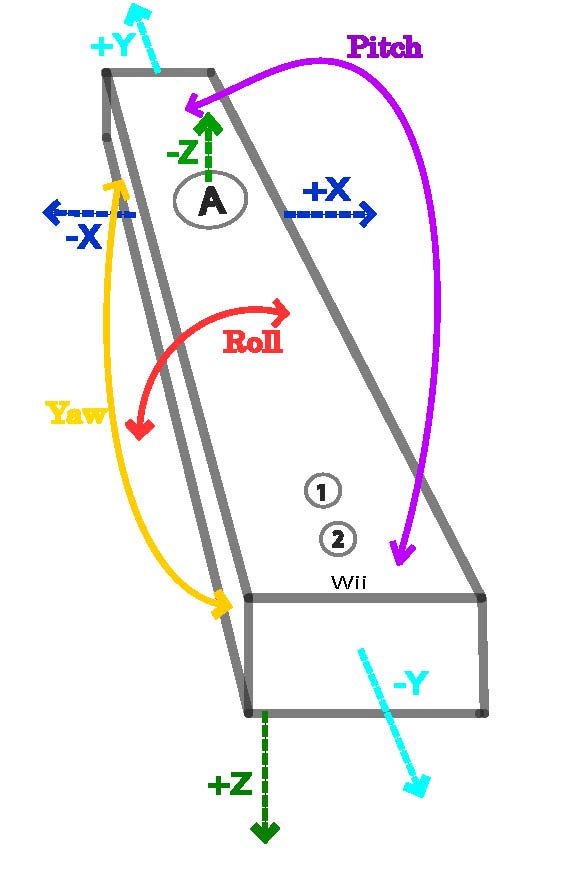Yes, those are two different problems
(although both are results of the aerodynamical concepts induced by the respective sets of rules). The "take off" phenomena endured by those Mercs and Porsches
(related to pitch sensitivity as zac stressed, happening in conditions of slipstreaming while going uphill) has been tracked out and corrected by the new LMP ruling.
The new phenomena has been pointed out during the study Mulsanne Mike is talking about
(what was the model tested in windtunnel btw?). It is linked to the aerodynamic behavior of the car under yaw.
I think this is the backside of the rules trying to prevent teams to use too much ground effect. If there were skirts on the side of the cars there wouldn't be such a posibility for air to infiltrate under the car laterally and push it up like that. Then again, how fast would these monsters go with massive ground effect, I don't even dare to think of it. As Mike said, it's not a problem for us "forum monkeys" to solve...
WhiteBlue wrote:
I just think that they did not get to the root of the problem which is a lack of downforce on the front. only now it doesn't happen on a straight line anymore. it still happens at larger yaw angles. unforetunately motorsport involves slides that routinely result in yaw angles greater than zero. so the rules should take that into consideration.
That's where I disagree, I don't think it is related to a lack of front downforce, nor the inability of the front splitter to produce downforce in pronounced yaw angles. The formula 1's front wing probably isn't more efficient under such degree of yaw
(remember we're talking about the cars being nearly perpendicular to the track), the difference is just that the P1 flat floor is offering a far bigger surface than the F1 one. As Saribro pointed out:
"In the end though, you'll always be looking at a 2m by 4m nearly flat surface, once it's up, it's gonna fly."
That's why I'm thinking more about preventing the
(upstreaming) air to get under the car from the side, pointing the responsability toward the raised floor...




